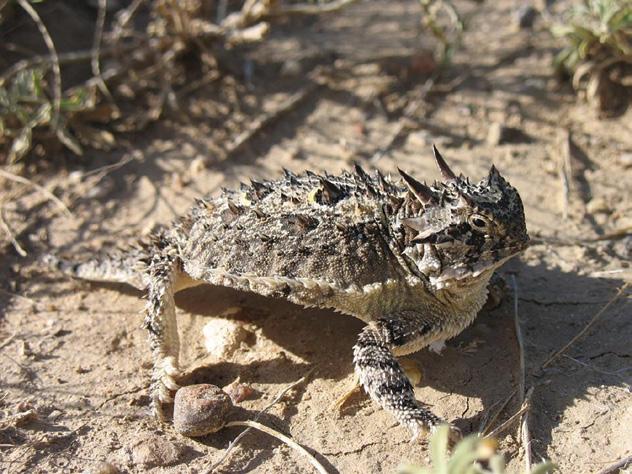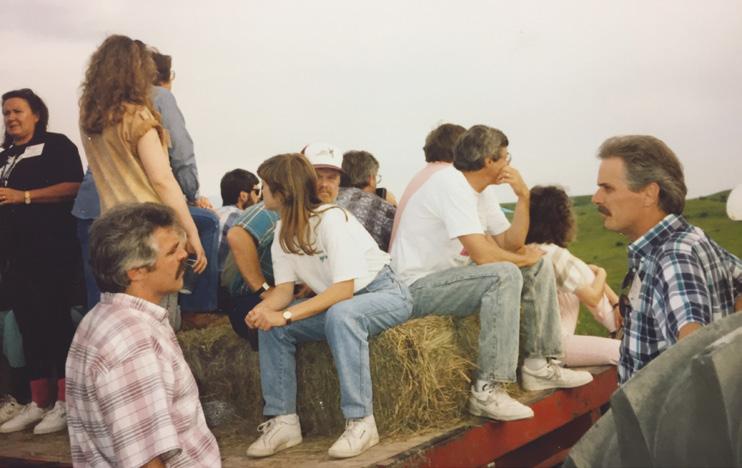
2 minute read
Unit History: 1990s
19 90s
Oklahoma Wildlife and Fisheries Research Unit — the 90s.




The OK CFWRU continued its mission through the 1990s under the leadership of Chip Leslie, who became the third leader of the Unit in 1989 and would be its longest serving leader, with 27 years of service as leader at his retirement in 2016. In 1998, the OK Unit celebrated its 50th anniversary with over 150 attendees, including past leaders and alumni. The 1990s also brought significant administrative change, with federal scientists, who were employees of the US Fish and Wildlife Service, being transferred to a new agency, the National Biological Survey (later, National Biological Service; NBS). This program was specifically identified for termination in the GOP’s Contract with America. To save the Unit program and other important federal research entities, NBS was rolled into a new division of an existing DOI agency, the US Geological Survey where federal employees of the program continue to be employed.

Oklahoma Wildlife and Fisheries Research Unit — the 00s.






During the 2000s, 76 students associated with the OK Unit graduated with their MS and PhD degrees, more than any other decade. Unfortunately, the 2000s also saw the death of the OK Unit’s longest serving employee, Helen Murray, in 2007. Helen retired in 2005 after having served for 40 years. Along with Judy Gray, these two extraordinary individuals had served the OK Unit for 70 years and were celebrated with the creation of the Murray-Gray Unit Service Award in 2006, given to individuals with exemplary service to the Unit and beyond.
20 00s
Unit History: 2010s
Oklahoma Wildlife and Fisheries Research Unit — the 10s. Change was the constant of the 2010s. After the creation of the Natural Resource Ecology and Management Department, the Oklahoma Unit moved out of its long-time home in Life Sciences West and the Department of Zoology to a newly renovated suite of offices on the ground floor of Ag Hall. New Assistant Leaders in Fisheries pursued projects focused mainly on stream ecosystems. Chip Leslie, the longest serving leader of the OK Unit, retired in 2016 after 31 years (27 as leader). The ponds below Lake Carl Blackwell, which were renovated to their current configuration in the late 1960s, saw a longoverdue second renovation, removing decades of sediment and replacing aging plumbing.





Oklahoma Wildlife and Fisheries Research Unit — the 20s and current.




The OKCFWRU continues to provide training for the next generation of natural resource professionals, primarily through graduate-level education. As of 2022, the OKCFWRU has helped over 420 students receive their graduate degrees through OSU. Some of the older facilities are still providing valuable service, such as the ponds below Lake Carl Blackwell and the storage building on McElroy Road. Some, however, have seen the end of their life, such as West Lab that reached the end of its serviceable life in 2022. Some issues also continue to be just as important now as in the past, such as conservation of upland birds like bobwhite quail, black bears, and statewide fisheries resources. New facilities, such as the state-of-the-art wet lab at the Animal Nutrition and Physiology Lab and the upcoming New Horizons Agriculture building, have enabled Unit scientists and students to use innovative tools to address challenges of the third millennium.

Unit History: Mixed Photos














